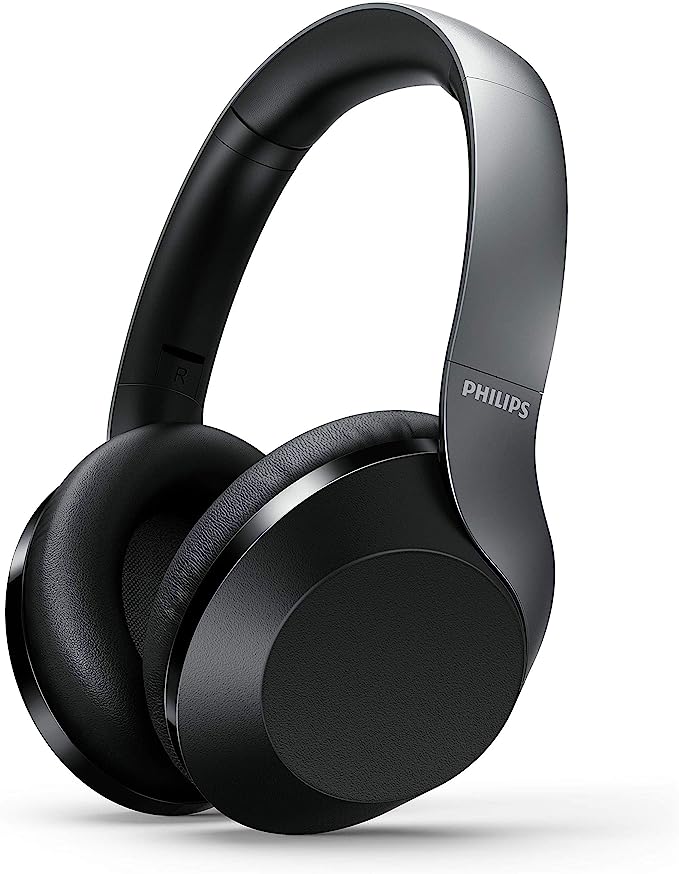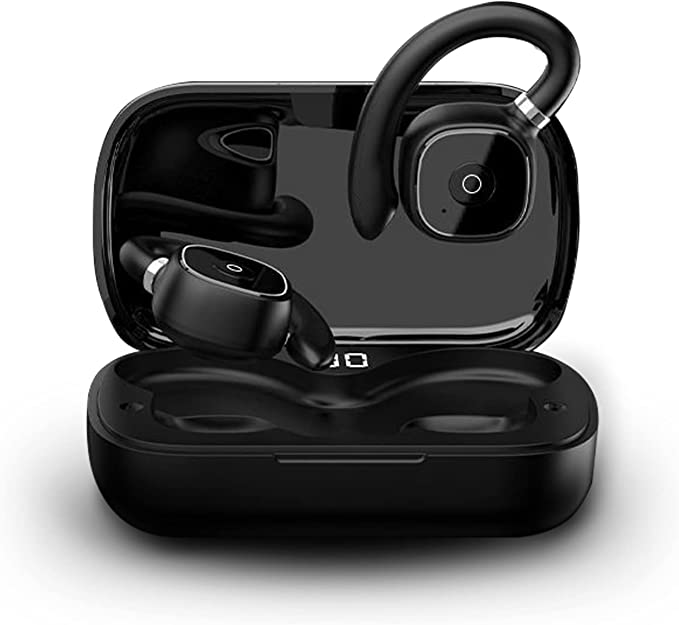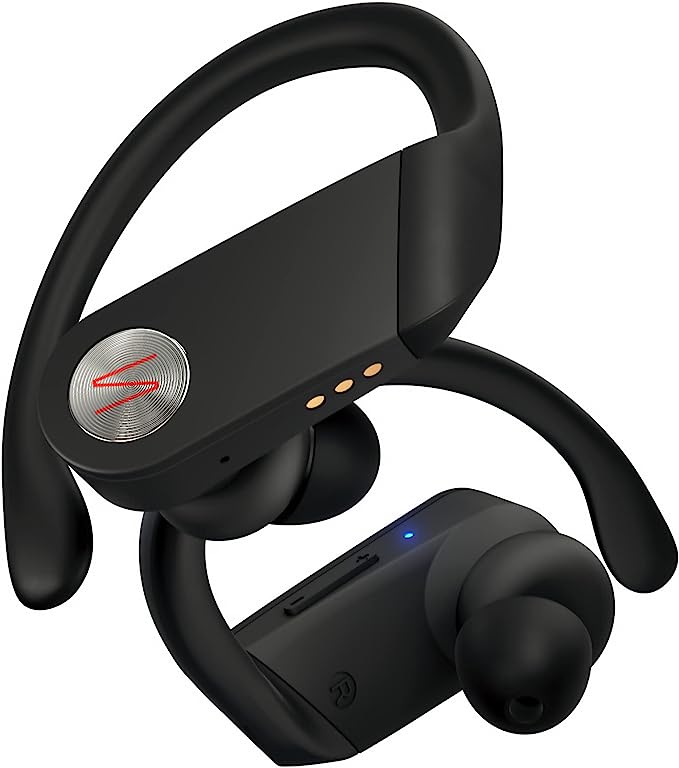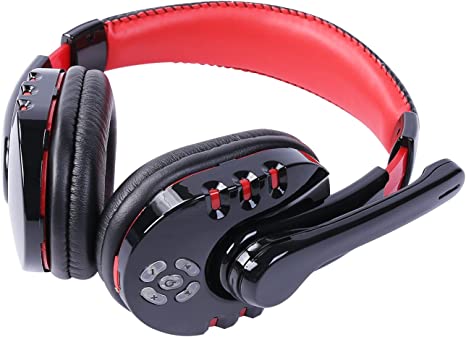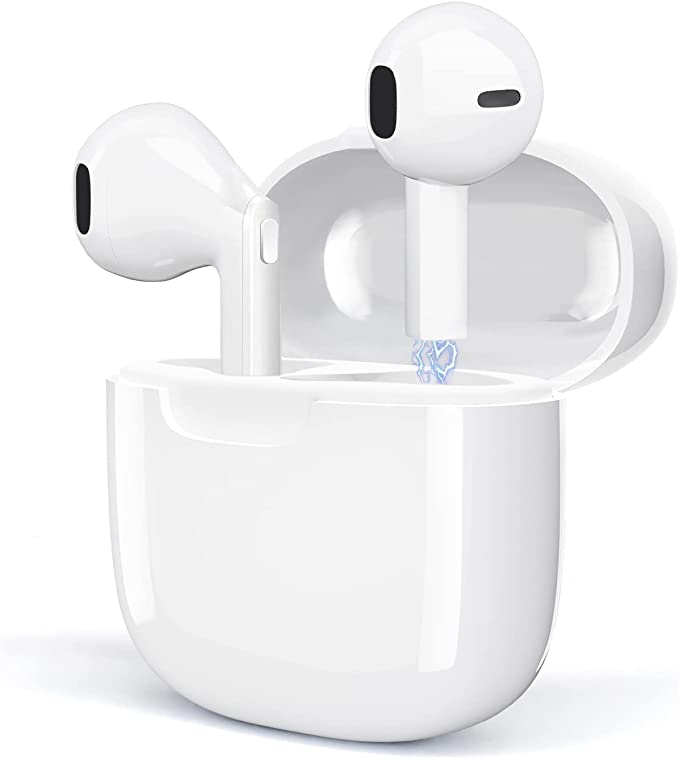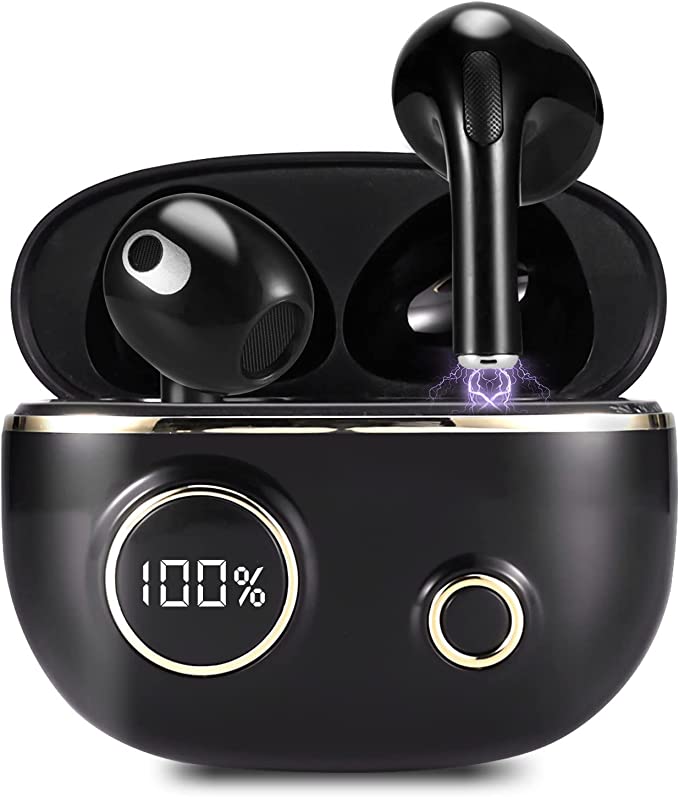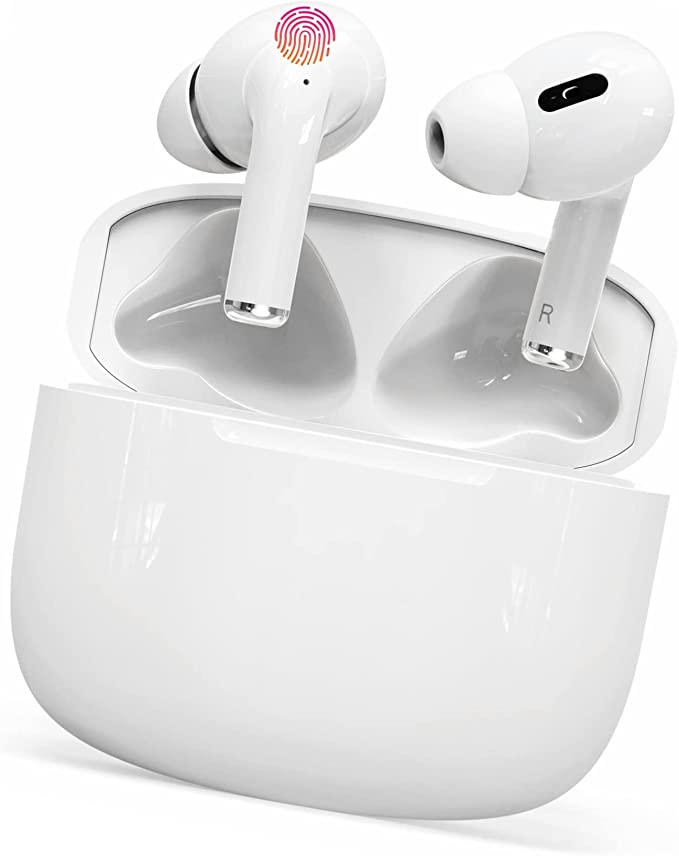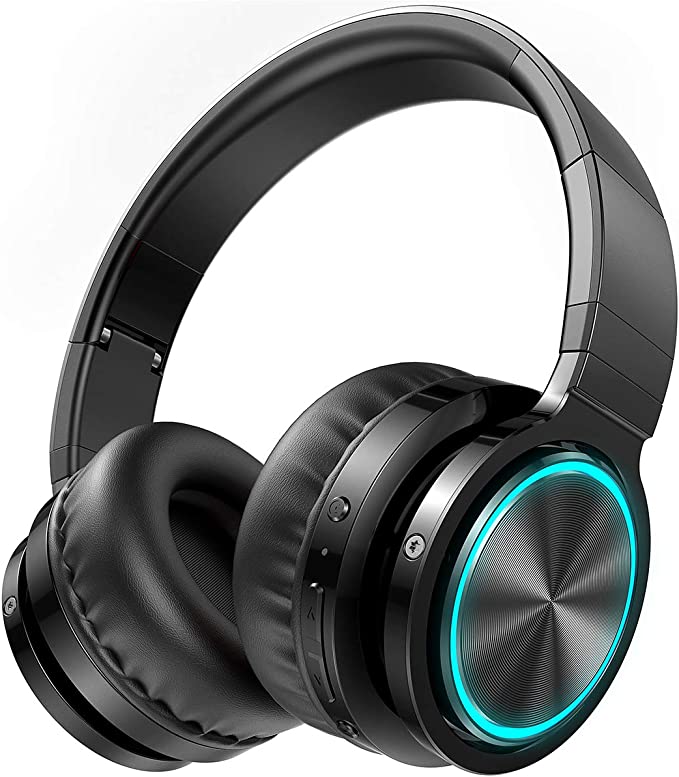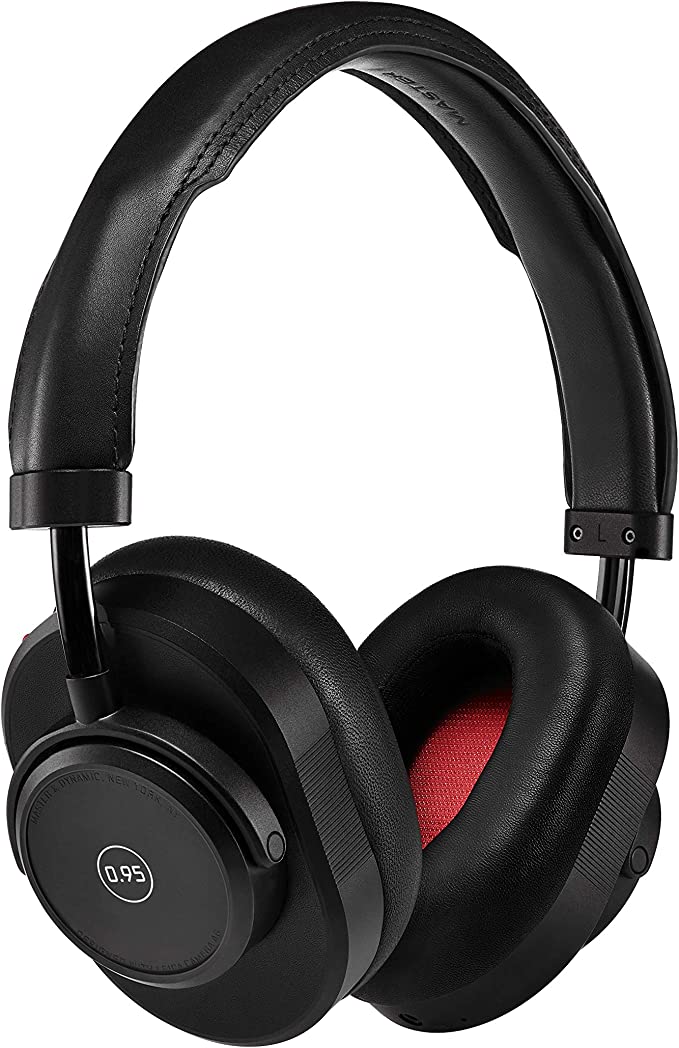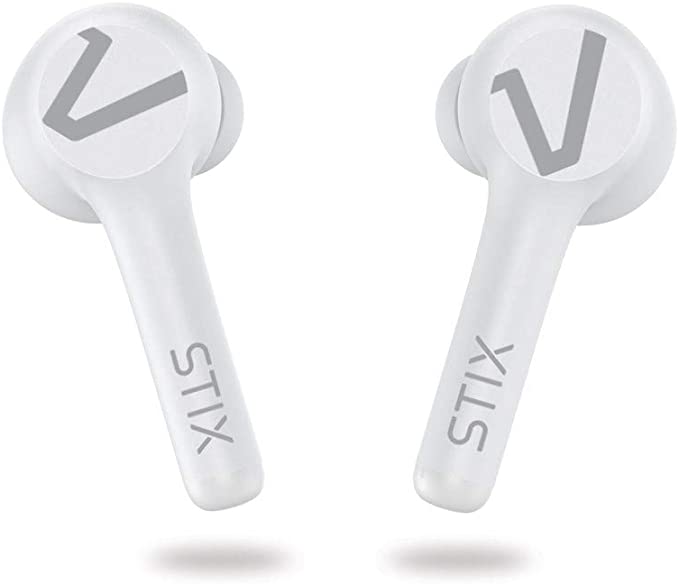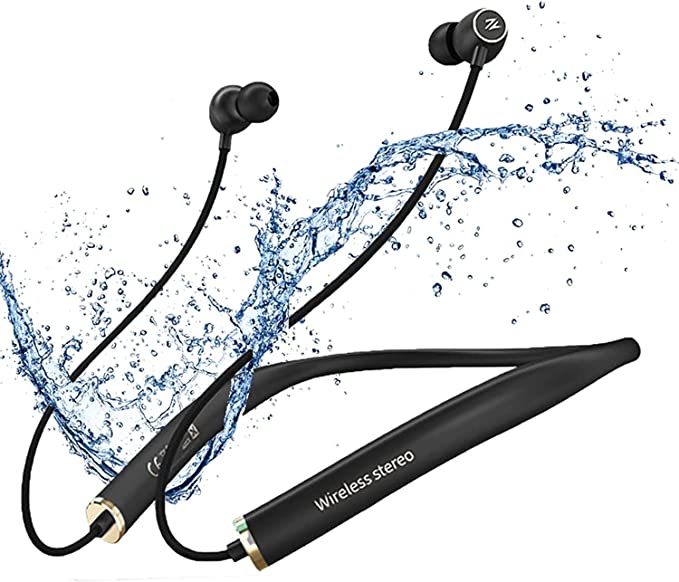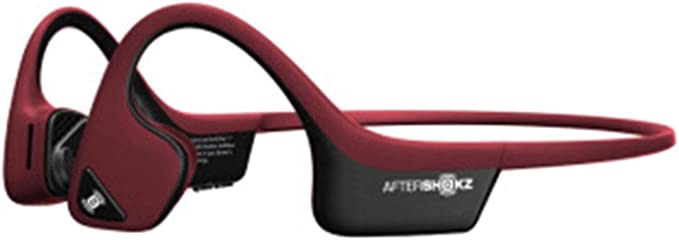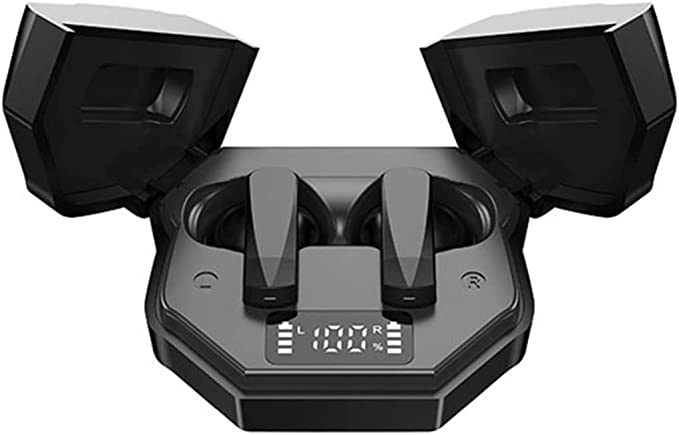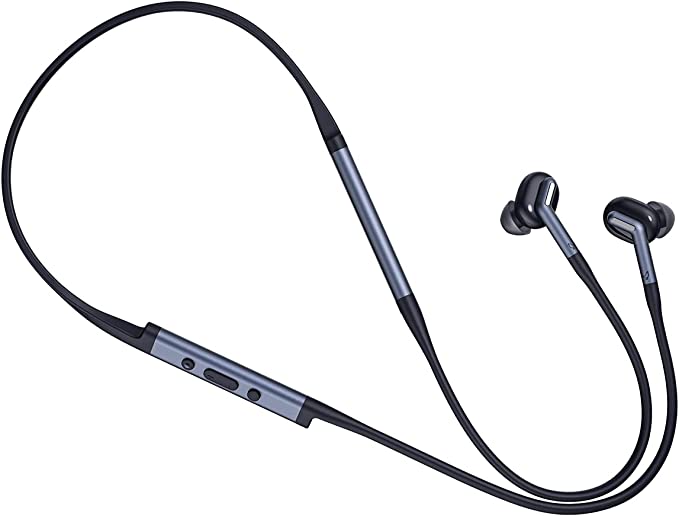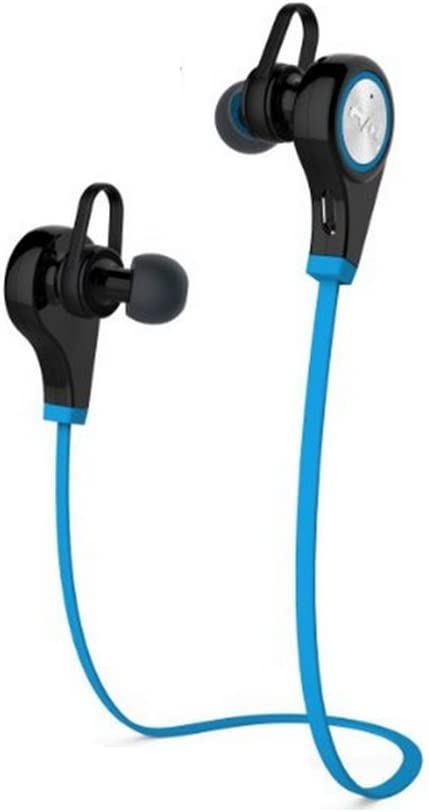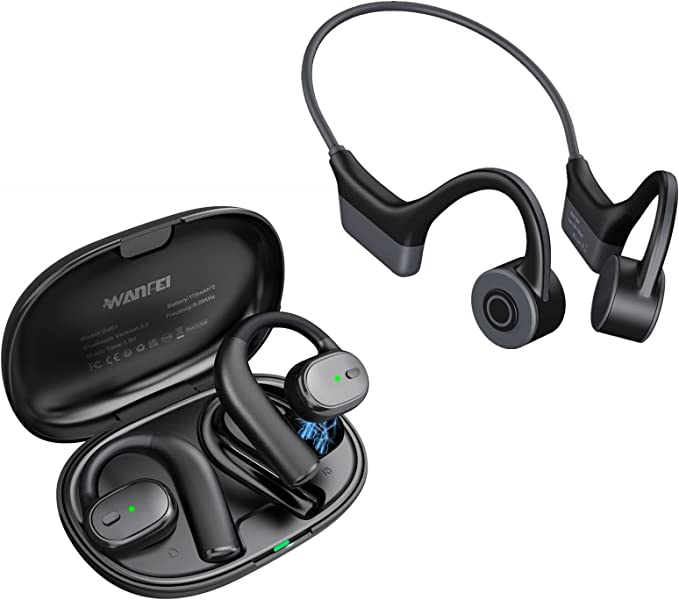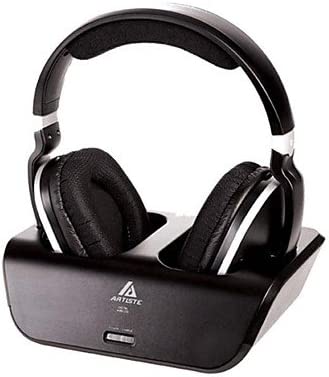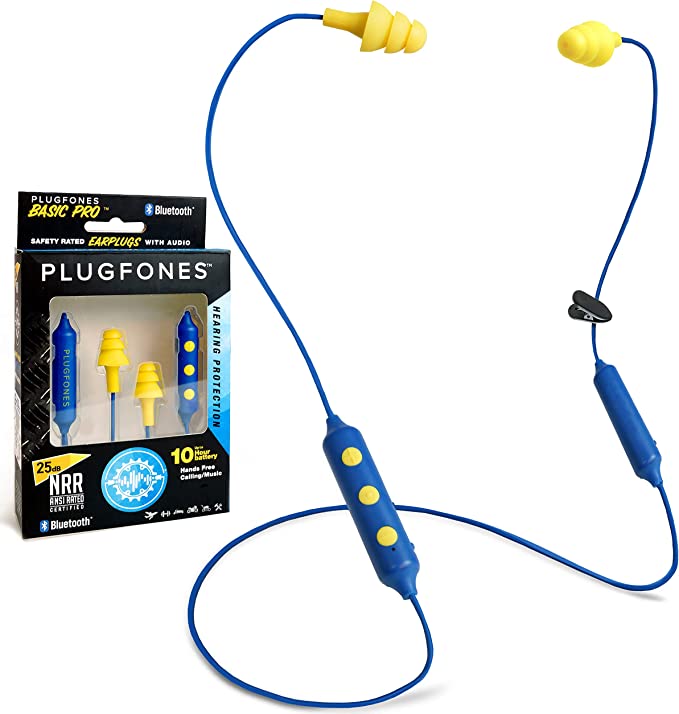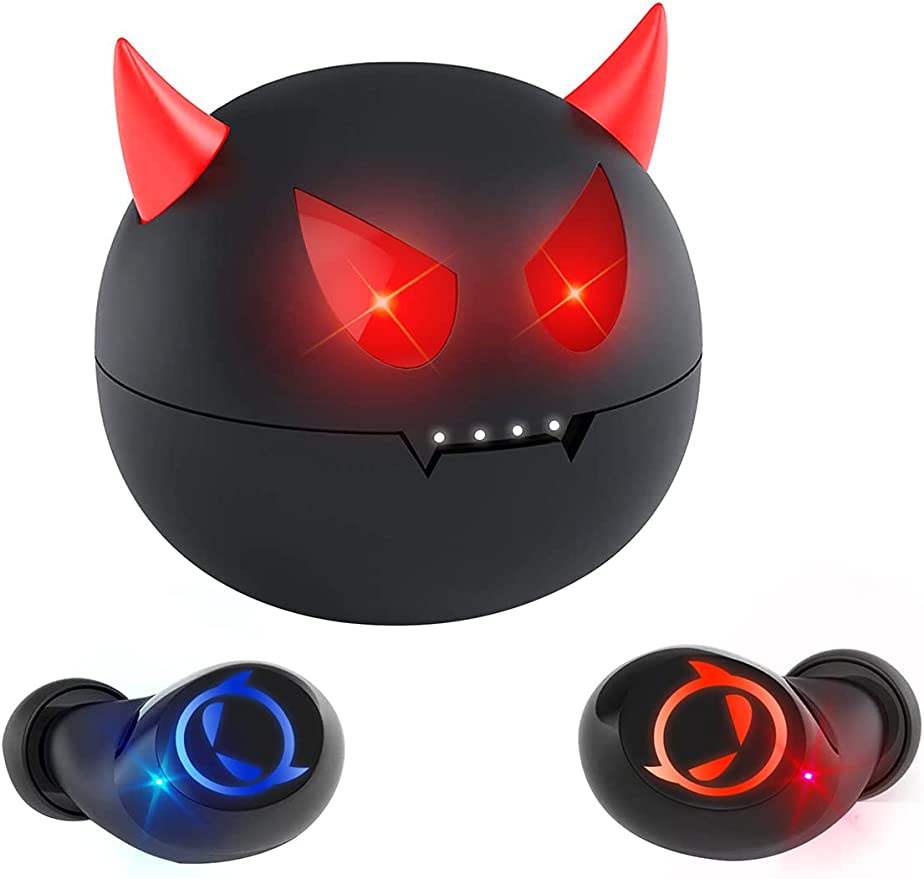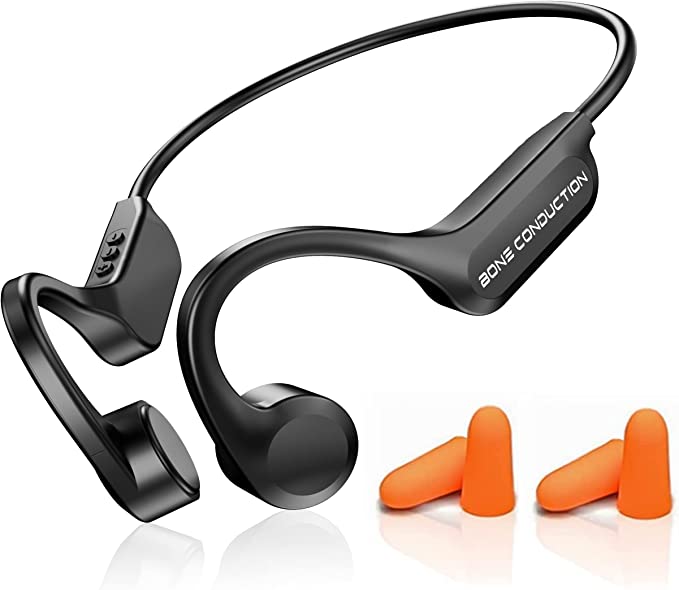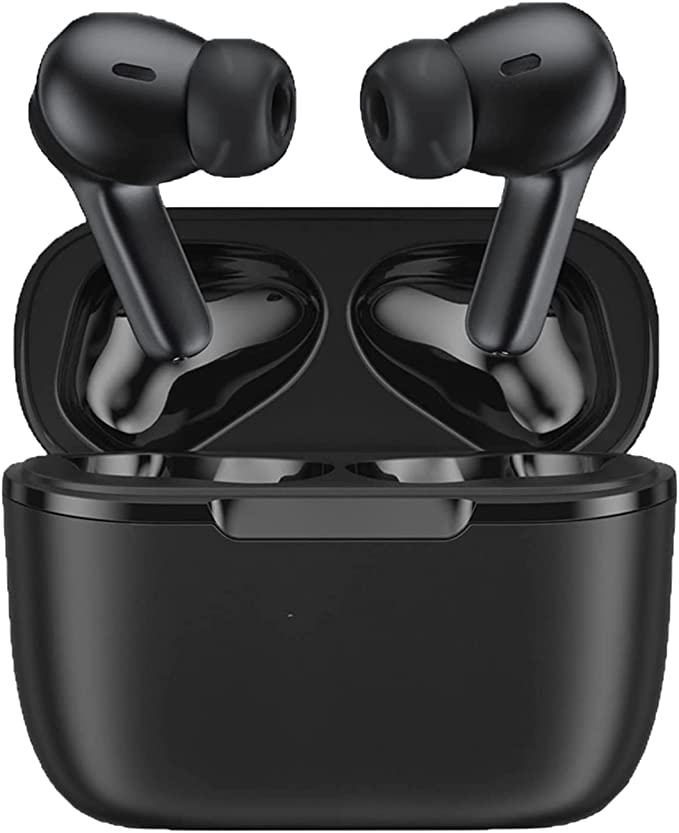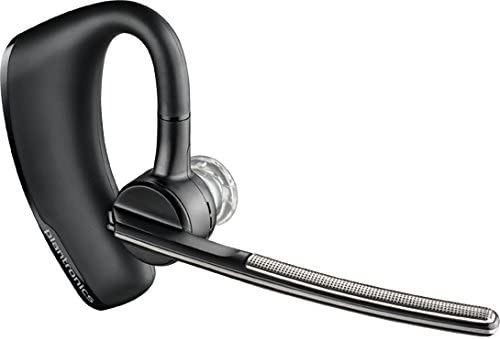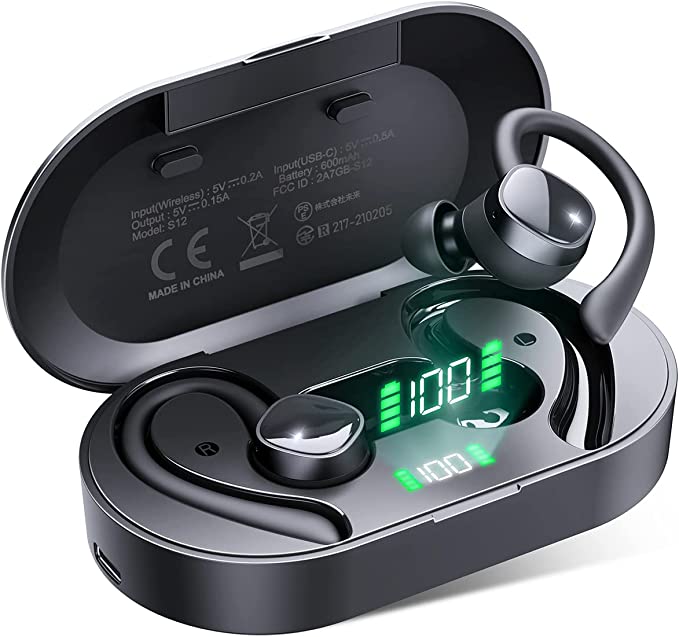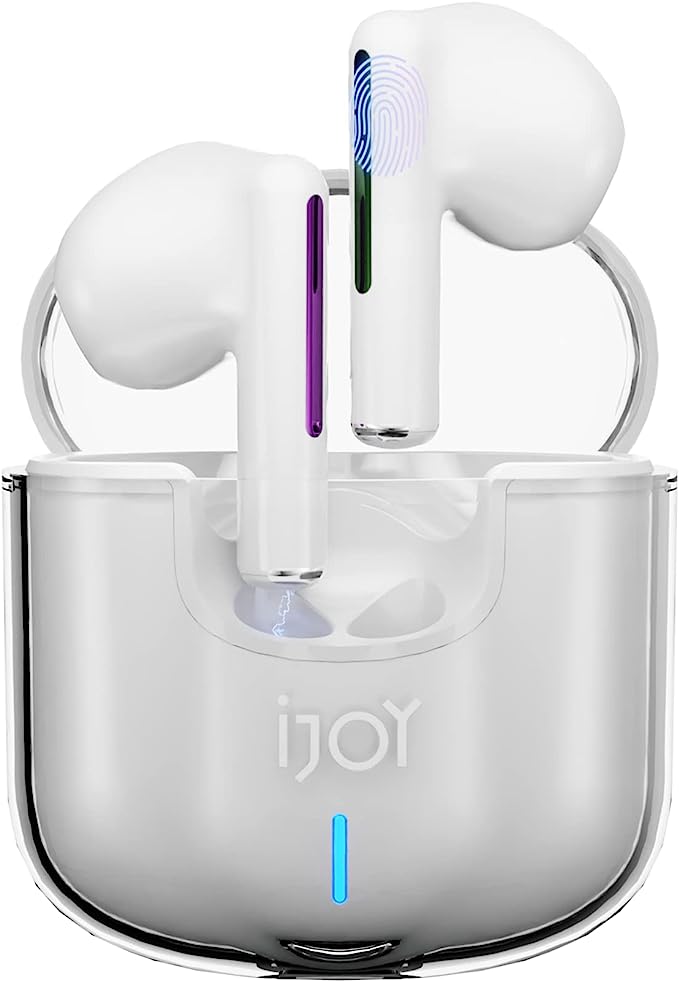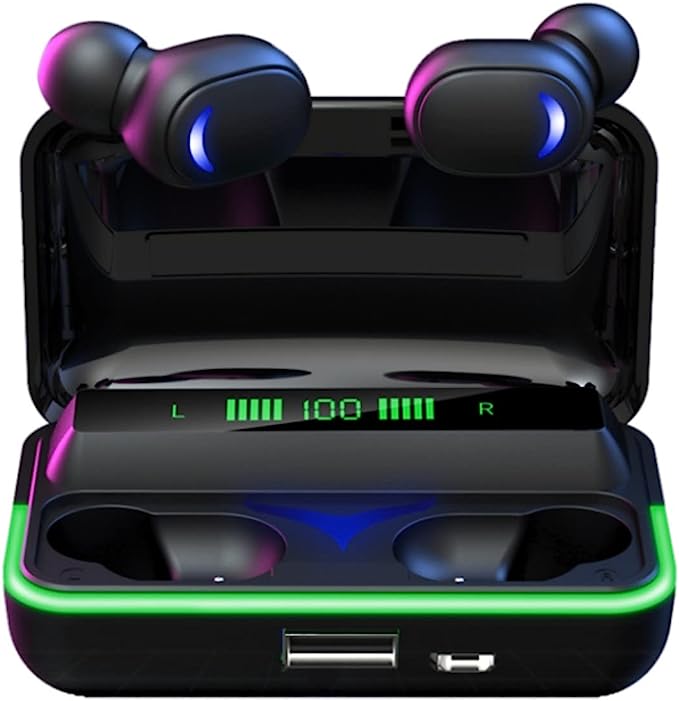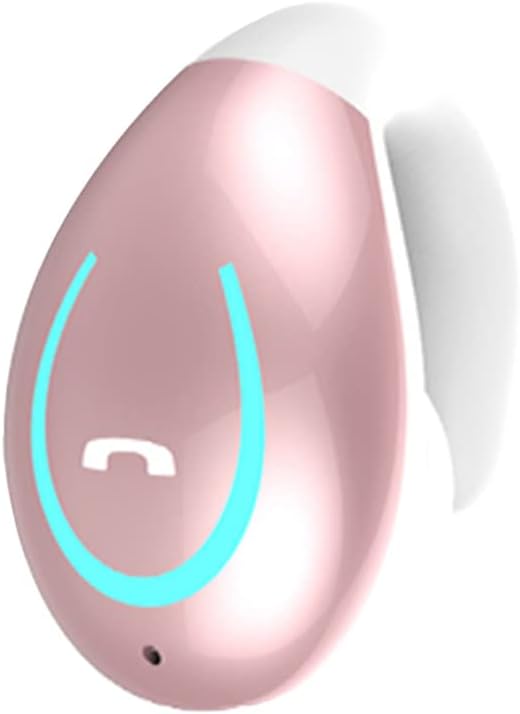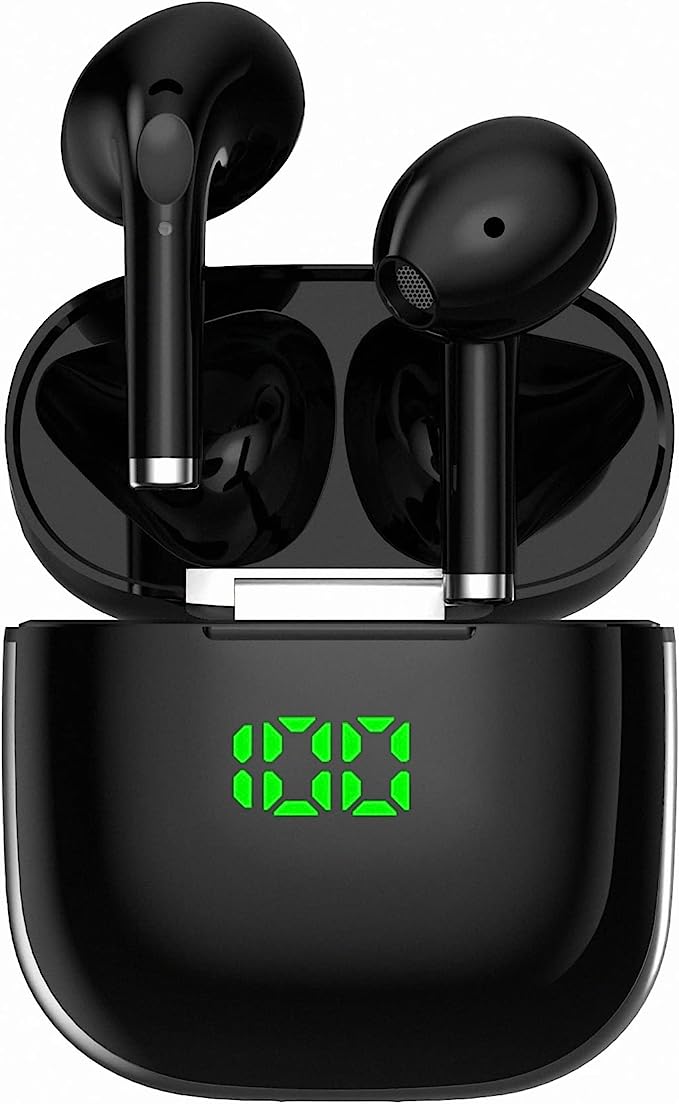PHILIPS ActionFit SH402 Wireless Headphones - Stay Cool & Focused During Your Workout
Update on March 20, 2025, 9:14 a.m.
Imagine you’re sprinting the last 100 meters of a 5k, heart pounding, muscles burning. Your favorite song blasts through your headphones, pushing you to the finish line. But then… one earbud pops out. Or maybe the constant jostling has made the headphones so uncomfortable you have to stop and adjust them. Or worse, the sweat pouring down your face starts to affect the sound quality.
Creating headphones that can withstand the rigors of exercise is a surprisingly complex engineering challenge. Designers have to juggle a series of often-conflicting demands:
- Stability: Headphones need to stay securely in place, even during intense, high-impact movements. Nobody wants to be constantly readjusting their earbuds during a burpee.
- Comfort: They also need to be comfortable enough to wear for extended periods, without causing pressure points or irritation.
- Sound Quality: Delivering clear, rich audio in a noisy environment (like a gym or a busy street) is crucial for motivation and enjoyment.
- Durability: Exposure to sweat, rain, and the occasional accidental drop demands robust materials and construction.
- Safety: Awareness through sound.
Finding the sweet spot where all these factors are balanced is the holy grail of sports headphone design.

Answering the Call: The PHILIPS ActionFit SH402
The PHILIPS ActionFit SH402 wireless headphones are purpose-built to meet these challenges head-on. These aren’t just regular headphones with a sporty label slapped on; they’re engineered from the ground up for the demands of an active lifestyle. Instead of just listing features, let’s explore the science behind what makes these headphones tick.
Cool Under Pressure: Demystifying the Cooling Earcup Technology
One of the most immediately noticeable features of the SH402 is the “cooling earcups.” It sounds like a gimmick, but there’s genuine thermal science at play. Over-ear headphones, while offering good sound isolation, can often trap heat, leading to discomfort during intense workouts. The SH402 tackles this problem with a specially formulated cooling gel integrated into the earcups.
-
The Science of Heat Transfer: Heat naturally flows from warmer areas to cooler areas. This happens through three primary mechanisms: conduction (direct contact), convection (movement of fluids like air), and radiation (emission of electromagnetic waves). The cooling gel in the SH402 earcups works primarily through conduction. It absorbs heat from your skin, which has a higher temperature. The gel’s high thermal capacity allows it to absorb a significant amount of heat before its own temperature rises substantially. The breathable fabric covering the earcups also promotes convection, allowing air to circulate and carry away some of the heat.
-
Analogy: The Cooling Towel Effect: Think about those cooling towels you often see athletes using. You wet them, wring them out, and snap them, and they become noticeably cooler than the ambient air. This is due to evaporative cooling – as the water evaporates, it takes heat energy away from the towel and your skin. While the SH402’s gel doesn’t rely on evaporation (it’s a sealed system), the principle of absorbing and dissipating heat is similar.
-
Safety and Longevity: The gel used in these types of applications is typically a non-toxic, hydrogel-based material. These gels are designed to be stable and retain their cooling properties over many uses. It’s important to note that they don’t actively cool (like a refrigerator); they simply provide a passive thermal buffer, slowing down the rate at which your ears heat up.

Built to Endure: IPX4 and the Science of Sweatproofing
The “IPX4” rating you see associated with the SH402 isn’t just marketing jargon; it’s a standardized measure of protection against liquids. Understanding what it means is crucial for anyone who plans to use these headphones during intense workouts.
-
Decoding IP Ratings: IP stands for “Ingress Protection.” It’s a system defined by the International Electrotechnical Commission (IEC) to classify the degree of protection provided by enclosures for electrical equipment. The rating consists of two digits (or an “X” and a digit). The first digit refers to protection against solid objects (like dust), and the second digit refers to protection against liquids. An “X” means the device hasn’t been tested for that particular type of protection.
-
IPX4 in Detail: So, “IPX4” means the SH402 hasn’t been specifically tested for dust protection (which isn’t usually a major concern for headphones), but it has been tested and certified to withstand splashing water from any direction. This doesn’t mean you can submerge them in water – they’re not waterproof for swimming. But it does mean they can handle sweat, rain, and even being wiped down with a damp cloth.
-
Design for Durability: Achieving IPX4 protection involves careful material selection and design. This often includes:
- Sealed Housings: The internal components are protected by a sealed housing that prevents water from entering.
- Water-Resistant Materials: The materials used in the construction of the headphones, such as the earcup fabric and the headband, are chosen for their ability to repel water.
- Protected Ports: Any openings, such as the charging port, are typically covered with a protective flap or seal.
-
Scenario: The Unexpected Downpour: Imagine you’re out for a run, and a sudden downpour starts. With IPX4-rated headphones like the SH402, you can keep going without worrying about damaging your headphones. The water will splash off the housing, and the internal electronics will remain protected.

Sound Engineering: Unpacking the 40mm Neodymium Drivers
The heart of any headphone is its driver – the component that converts electrical signals into the sound waves you hear. The SH402 uses 40mm neodymium drivers, and there’s a good reason for that.
-
The Basics of a Headphone Driver: A typical dynamic headphone driver works on the principle of electromagnetism. It consists of a diaphragm (a thin, flexible membrane), a voice coil (a coil of wire), and a magnet. When an electrical signal (representing the audio) passes through the voice coil, it creates a magnetic field. This field interacts with the magnetic field of the permanent magnet, causing the voice coil to move. The voice coil is attached to the diaphragm, so its movement causes the diaphragm to vibrate. These vibrations create pressure waves in the air, which we perceive as sound.
-
The Neodymium Advantage: Neodymium magnets are the strongest type of permanent magnet commercially available. This high magnetic strength translates to several benefits in a headphone driver:
- Higher Sensitivity: A stronger magnetic field means the driver can produce louder sound with less power.
- Faster Response: The driver can react more quickly to changes in the audio signal, resulting in more accurate sound reproduction.
- Lighter Weight: Neodymium magnets are relatively lightweight, which is important for portable headphones.
-
Driver Size and Sound: The size of the driver (40mm in this case) also plays a role in the sound characteristics. Generally, larger drivers can move more air, which tends to result in better bass response. However, driver size isn’t the only factor determining sound quality; tuning and other design elements are also crucial.
-
A Little History: Neodymium magnets, first developed in the 1980s, revolutionized many industries, including audio. Their superior strength and smaller size allowed for the creation of smaller, more powerful headphones, speakers, and microphones. Before neodymium, ferrite magnets were commonly used, but they were larger and weaker, limiting the design possibilities.
Wireless Freedom: Bluetooth 5.0 and Beyond
The SH402 relies on Bluetooth 5.0 for its wireless connection. This isn’t just about cutting the cord; it’s about providing a stable, reliable, and power-efficient connection.
-
A Brief History of Bluetooth: Bluetooth technology was developed in the late 1990s as a way to replace cables for short-range wireless communication between devices. It has gone through several iterations, with each new version bringing improvements in speed, range, and power consumption.
-
Bluetooth 5.0: Key Improvements: Compared to earlier versions, Bluetooth 5.0 offers:
- Double the Speed: Faster data transfer rates mean less latency (delay) and potentially better audio quality.
- Four Times the Range: You can move further away from your connected device without losing the signal.
- Eight Times the Broadcasting Message Capacity: This is more relevant for IoT (Internet of Things) devices, but it also contributes to more stable connections.
- Lower Power Consumption: This is crucial for battery-powered devices like headphones, extending their playtime.
-
Bluetooth Audio Codecs: While Bluetooth 5.0 provides the bandwidth for high-quality audio, the actual audio quality also depends on the codec used. A codec is a software algorithm that compresses and decompresses the audio signal for transmission over Bluetooth. Common codecs include SBC (the standard, basic codec), AAC (often used by Apple devices), and aptX (which aims for higher fidelity). The SH402 uses SBC, which generally works just fine.
The Soundstage: Semi-Open Acoustics
The SH402 employs a “semi-open” acoustic design. This is a deliberate choice that affects both the sound quality and the user experience.
-
Open vs. Closed vs. Semi-Open:
- Closed-back headphones: Have a sealed ear cup that isolates the listener from outside noise and prevents sound leakage. They tend to offer better bass response and noise isolation.
- Open-back headphones: Have ear cups that are open to the environment. This allows air to flow freely, resulting in a more natural and spacious soundstage. However, they also leak sound and offer little noise isolation.
- Semi-open headphones: Strike a balance between the two. They have some openings in the ear cups, allowing some degree of air movement and pressure equalization.
-
The Design Choice for Sports: The choice of a semi-open design for the SH402 makes perfect sense in the context of sports and fitness. The enhanced situational awareness is a significant safety benefit, and the more natural soundstage can be more enjoyable for many types of music. While the reduced noise isolation might be a drawback in some situations, it’s a worthwhile trade-off for the added safety and comfort.

Beyond the Specs: User Experience
While technical specifications provide valuable insights, they don’t fully capture the experience of using a product. Let’s consider some real-world scenarios:
-
The Morning Jog: You’re out for a run before work. The SH402’s lightweight design and secure fit mean you barely notice they’re there. The semi-open design allows you to hear the sounds of approaching cars and cyclists, keeping you safe. The cooling earcups prevent your ears from getting uncomfortably hot, even as your body temperature rises.
-
The Gym Session: You’re lifting weights at the gym. The SH402’s 40mm drivers deliver powerful bass that motivates you through your sets. While you can still hear some of the gym’s background noise, it’s not overwhelming, and you can easily focus on your workout.
-
The Yoga Class: You’re practicing yoga in a quiet studio. The SH402’s comfortable fit and breathable earcups are ideal for extended wear. While some sound might leak, it’s unlikely to be disruptive in this environment. The clear audio quality is perfect for listening to calming music or guided meditations.
-
The Unexpected call: You receive call during your gym session, answering the call without taking your headphones off, with echo cancellation, background noise is minimized.
The Future of Fitness Audio
The PHILIPS ActionFit SH402 represents a solid step forward in sports headphone technology, but the innovation doesn’t stop there. Here are some emerging trends to watch:
- Bone Conduction Headphones: These headphones transmit sound through the bones of your skull, leaving your ears completely open. This provides maximum situational awareness, but the sound quality is often not as good as traditional headphones.
- AI-Powered Features: Some headphones are starting to incorporate artificial intelligence for features like adaptive noise cancellation (adjusting to the environment) and personalized sound profiles.
- Biometric Sensors: Future headphones might integrate sensors to track heart rate, body temperature, and other fitness metrics.
- Sustainable Materials: There’s a growing focus on using eco-friendly and sustainable materials in headphone construction.

Conclusion
The PHILIPS ActionFit SH402 wireless headphones are more than just a collection of features; they’re a carefully engineered solution to the specific challenges of combining audio with an active lifestyle. By understanding the science behind the cooling earcups, the IPX4 water resistance, the neodymium drivers, the Bluetooth 5.0 connectivity, and the semi-open acoustic design, we can appreciate the thoughtful design choices that make these headphones a compelling option for anyone who wants to enjoy music while pushing their physical limits. They represent a well-balanced approach to the key demands of sport headphones: durability, comfort, sound quality, and awareness. They are not perfect – no product is – but they offer a strong combination of features and performance at a reasonable price point.
